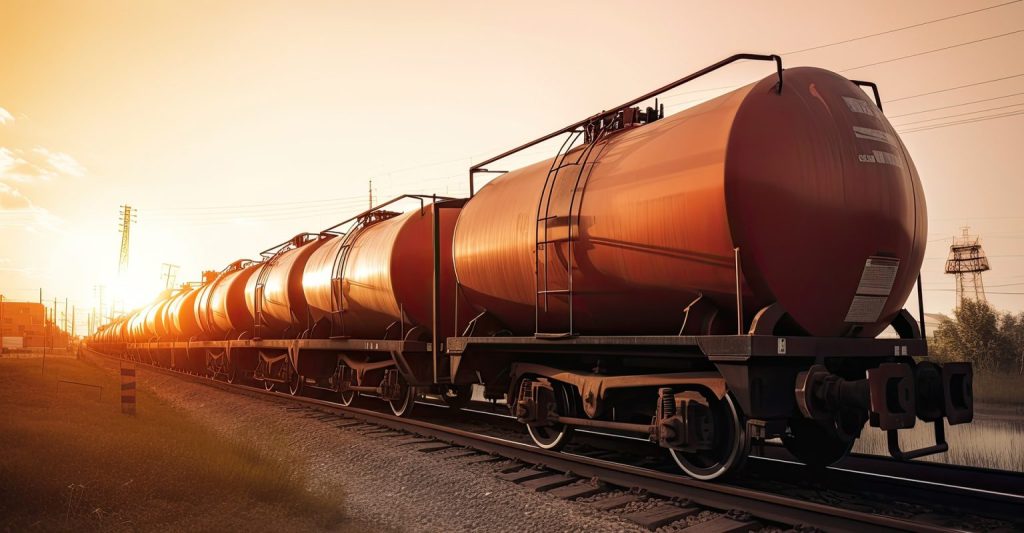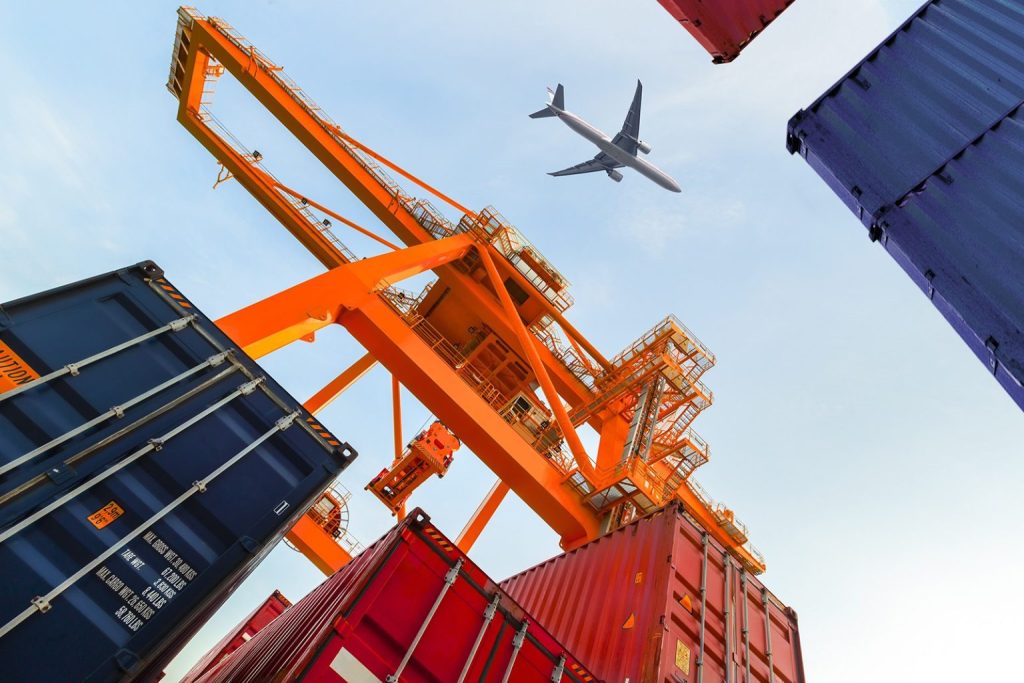In the ever-evolving landscape of the global economy, logistics services play a pivotal role in ensuring the seamless flow of goods and services across the world. From the manufacturing floor to the end consumer, logistics services are the unsung heroes behind the scenes, orchestrating a complex dance of transportation, warehousing, and distribution. This article explores the significance of logistics services, their key components, and the evolving trends shaping the industry.
AI algorithms analyze historical data, market trends, and external factors to predict demand accurately. This minimizes excess inventory and reduces the risk of stockouts, enhancing overall supply chain performance.
The Basics of Logistics Services
Logistics services encompass a broad range of activities aimed at efficiently managing the movement and storage of goods. This includes transportation, warehousing, inventory management, order fulfillment, and distribution. Effective logistics services are essential for businesses to meet customer demands, reduce costs, and enhance overall supply chain efficiency.
The backbone of logistics services, transportation involves the movement of goods from one point to another. This can include various modes such as road, rail, air, and sea transport. Efficient transportation is critical for minimizing lead times and ensuring timely delivery.

Warehousing involves the storage of goods before they are distributed to their final destination. Distribution, on the other hand, focuses on getting the right products to the right place at the right time. Both play a crucial role in maintaining a responsive and flexible supply chain.
- Individuals
- Organizations
- Companies
Effectively managing inventory levels is a delicate balance. Too much inventory ties up capital, while too little can result in stockouts. Logistics services employ advanced technologies like RFID and barcode scanning to optimize inventory levels and reduce holding costs.
Technology Integration
The advent of technologies such as artificial intelligence (AI), machine learning, and the Internet of Things (IoT) has revolutionized logistics. Automation in warehouses, route optimization, and real-time tracking enhance efficiency and visibility in the supply chain.

Despite the importance of law and justice, many people lack access to the legal system. This is often due to a lack of resources, including money and legal representation. It can also be due to a lack of knowledge about the legal system and how it works.
Globalization Challenge
In the digital era, where technology is rapidly advancing, the logistics industry is experiencing a profound transformation driven by digitalization. The integration of digital technologies into logistics services is reshaping how businesses manage their supply chains, enhance operational efficiency, and respond to ever-changing customer expectations. This article explores the key facets of the digital revolution in logistics and its impact on the industry.
The landscape of logistics is undergoing a profound transformation fueled by rapid technological advancements. As we stand at the intersection of artificial intelligence, automation, and connectivity, the logistics industry is embracing innovative solutions to enhance efficiency, reduce costs, and meet the evolving demands of a globalized market. This article explores the cutting-edge technologies shaping the future of logistics and their implications for businesses worldwide.
AI and machine learning are revolutionizing logistics by providing intelligent insights and decision-making capabilities. From demand forecasting and route optimization to predictive maintenance for vehicles and equipment, AI-powered systems enable logistics services to operate with unprecedented precision and efficiency.



The rise of autonomous vehicles and drones is reshaping the physical aspects of logistics operations. From self-driving trucks to aerial drones for last-mile delivery, these technologies offer the potential for increased speed, efficiency, and cost-effectiveness.
The IoT is facilitating real-time tracking and monitoring of assets throughout the supply chain. Connected devices, sensors, and RFID tags provide granular visibility, enabling logistics services to respond proactively to issues and optimize operations.

Blockchain technology is gaining traction in logistics for its ability to provide a transparent, tamper-proof ledger of transactions. This enhances trust among supply chain partners, streamlines documentation processes, and reduces the risk of fraud.
Augmented reality is being utilized to improve efficiency in warehouse operations, order picking, and maintenance tasks. AR glasses or devices overlay digital information onto the physical world, guiding workers through tasks with precision.
As we navigate the future of logistics, the integration of these technological innovations is reshaping the industry’s landscape. Businesses that embrace these advancements stand to gain a competitive edge by optimizing their supply chain, reducing costs, and delivering a superior customer experience. The future of logistics is not just about moving goods; it’s about orchestrating a symphony of cutting-edge technologies to create a seamless and agile supply chain that adapts to the ever-changing demands of the global marketplace.

One Response
Hi, this is a comment.
To get started with moderating, editing, and deleting comments, please visit the Comments screen in the dashboard.
Commenter avatars come from Gravatar.